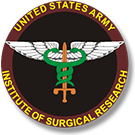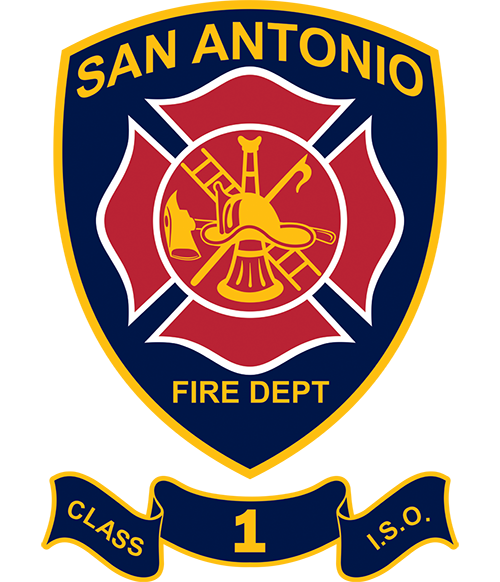Community
General Information
Every year, over 450,000 patients are seen by a healthcare provider for treatment of burn injuries in the United States. In 2014 there were over 3,000 deaths related to fire and smoke inhalation injuries. The majority of these deaths and injuries are preventable. Let's save lives by increasing awareness of common causes of such injuries and how to prevent them.
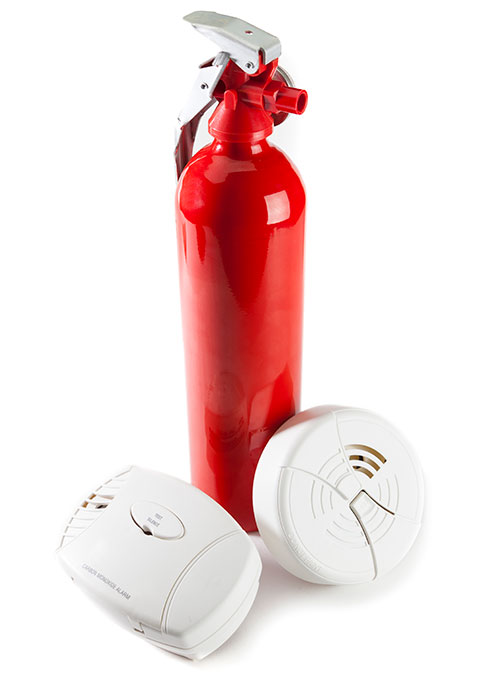
Prevention Resources
Safety in the Home
More than 70 percent of burn injuries occur in the home. Learn how to keep for family safe as you balance work and play at home.
- Have an escape plan in case of a fire. Practice it with the whole family regularly.
- Always have a working fire extinguisher in the home.
- Talk to your children in an age-appropriate manner about the dangers of fire play and how to call emergency personnel.
- Keep children at a safe distance with a "circle of safety" at least three feet from the edges of firepits to prevent flame burns.
- Set a good example by using lighters in a safe manner and keep them out of reach when not using.
- Store accelerants such as gasoline and propane outside of the home and locked up.
- Do not leave children unattended around open flames such as candles and BBQ grills.
Prevent Scald Burns
- To keep hot food and liquids out of reach of children, use the back burners of the stove and keep pot handles turned away from the edge.
- Have a "kid-free zone" of at least three feet around the stove and areas where hot food or drink is prepared or carried.
- Keep hot drinks off of low tables and away from the edges of countertops. Around children, use a travel mug with a lid.
- Set the hot water heater at 120°F or just below the medium setting. Always supervise children while they are bathing.
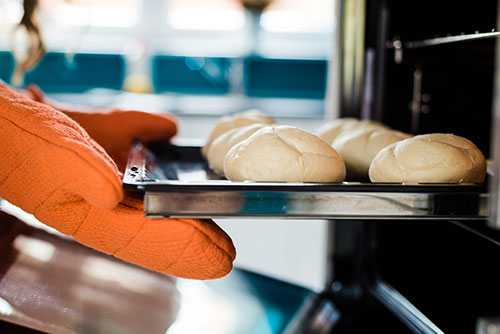
Prevent Contact Burns
- Always have hot pads readily available when cooking. Assume all pots and pans are hot.
- After cooking, check the kitchen to make sure all burners and other appliances are turned off.
- Unplug hot tools, such as hair appliances, when not in use and always treat as if they are still hot. Keep out of reach of children.
- Glass fireplace doors remains hot for one hour or more after use. Make sure fireplace on switches and remote controls are out of the reach of children.
Prevent Electrical Burns
- When doing outside work which requires a ladder, pay attention to the location of overhead power lines.
- Use covers to protect to keep fingers and other items out of outlets.
- Don't overload outlets or power strips with too many cords.
- Keep electrical cords, including phone chargers, away from areas in the home with sources of water such as the kitchen and bathroom.
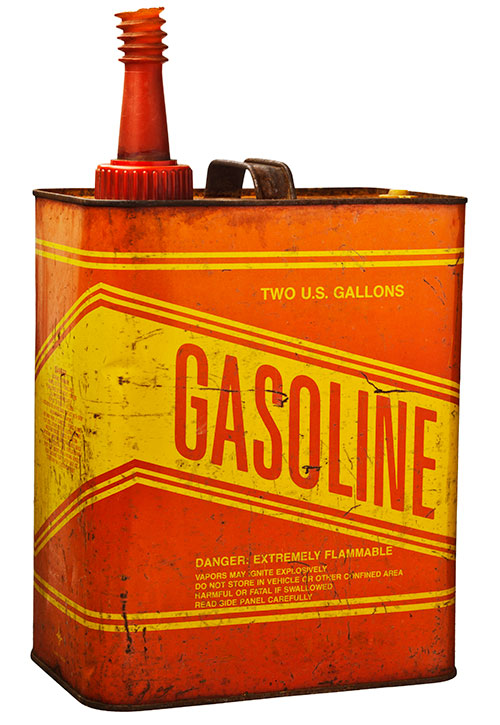
Prevent Flame Fires
- Do not use gasoline to help start fires.
- Use gasoline outdoors only, and store in cool, well-ventilated areas out of reach of children.
- Keep lighters away from children. Child-resistant lighters are not child-proof.
- Install smoke alarms in every sleeping space and every level of the home.
Home Heating
- Always keep anything flammable at least 3 feet away from open flames, space heaters, and stovetops.
- Never plug a space heater into an extension cord or power strip.
- Maintain the health of your heating equipment and chimneys by scheduling a cleaning and inspection once a year.
Home Oxygen
- Smoking is the leading cause of burns, fires, and deaths involving home oxygen.
- 90 percent of smokers who were burned while using home oxygen suffered facial burns.
- On average, one person dies every four days from smoking while on home oxygen.
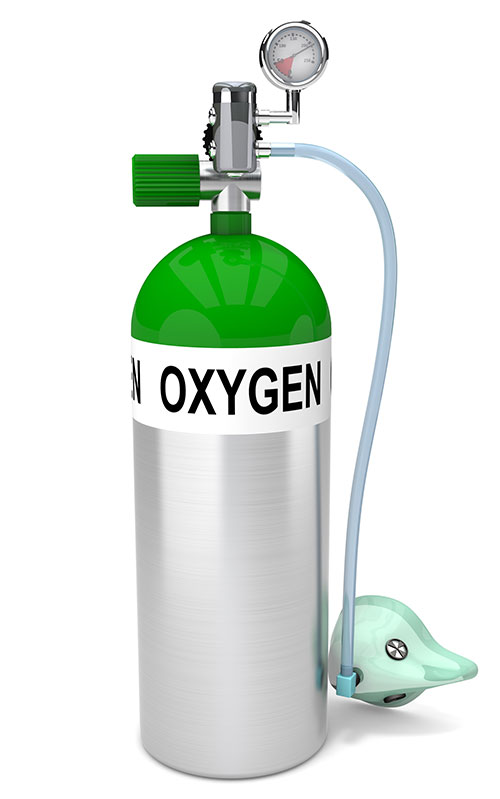
First Aid
General Principles
- Stop the burning process immediately! If on fire, stop-drop-roll. If electrical, turn off current. If chemical, remove the agent and then irrigate copiously with water.
- Cool the burn with running cold water for 20 minutes. Do not use ice as this may cause further skin damage. Do not over cool–if the victim starts to shiver, stop the cooling process.
- Do not use any butter, ointments or other home remedies on the burn.
- Remove all jewelry, watches, rings and clothing around the burned area as soon as possible.
First-Degree Burns
- Involve only the outer layer of the skin (epidermis).
- Characteristics: red, skin appears intact, no blisters, painful.
- Typical example: minor sunburn.
- Use an over-the-counter pain reliever such as ibuprofen or acetaminophen for pain control.
- Minor burns will usually heal without further treatment
- For small burns, apply soothing lotions that contains aloe vera to the burned area to help relieve pain.
- Drink plenty of fluids (electrolyte-containing solutions such as Gatoraid) if the person appears to be dehydrated.
Second-Degree Burns
- Involve all of the outer layer (epidermis) and part of the inner layer (dermis) of the skin.
- Characteristics: very red, moist tissue, blisters, painful swelling.
- Typical example: scald burn from boiling water or grease.
- Large second-degree burns may cause shock.
- Take the patient to the nearest emergency room, family doctor or minor emergency clinic to have the burn evaluated.
Third-Degree Burns
- Involve all layers of the skin and can cause permanent tissue damage.
- Characteristics: The skin may appear charred, blackened, or whitish. The skin texture may be dry or leathery.
- Typical example: flame burn from gasoline or housefire.
- A third-degree burn is a serious burn, no matter the size or area of the body that may be involved.
- Large third-degree burns may cause shock.
- Third-degree burns NOT minor burns and should be evaluated and treated by a healthcare provider. Take the patient to the nearest emergency room.













